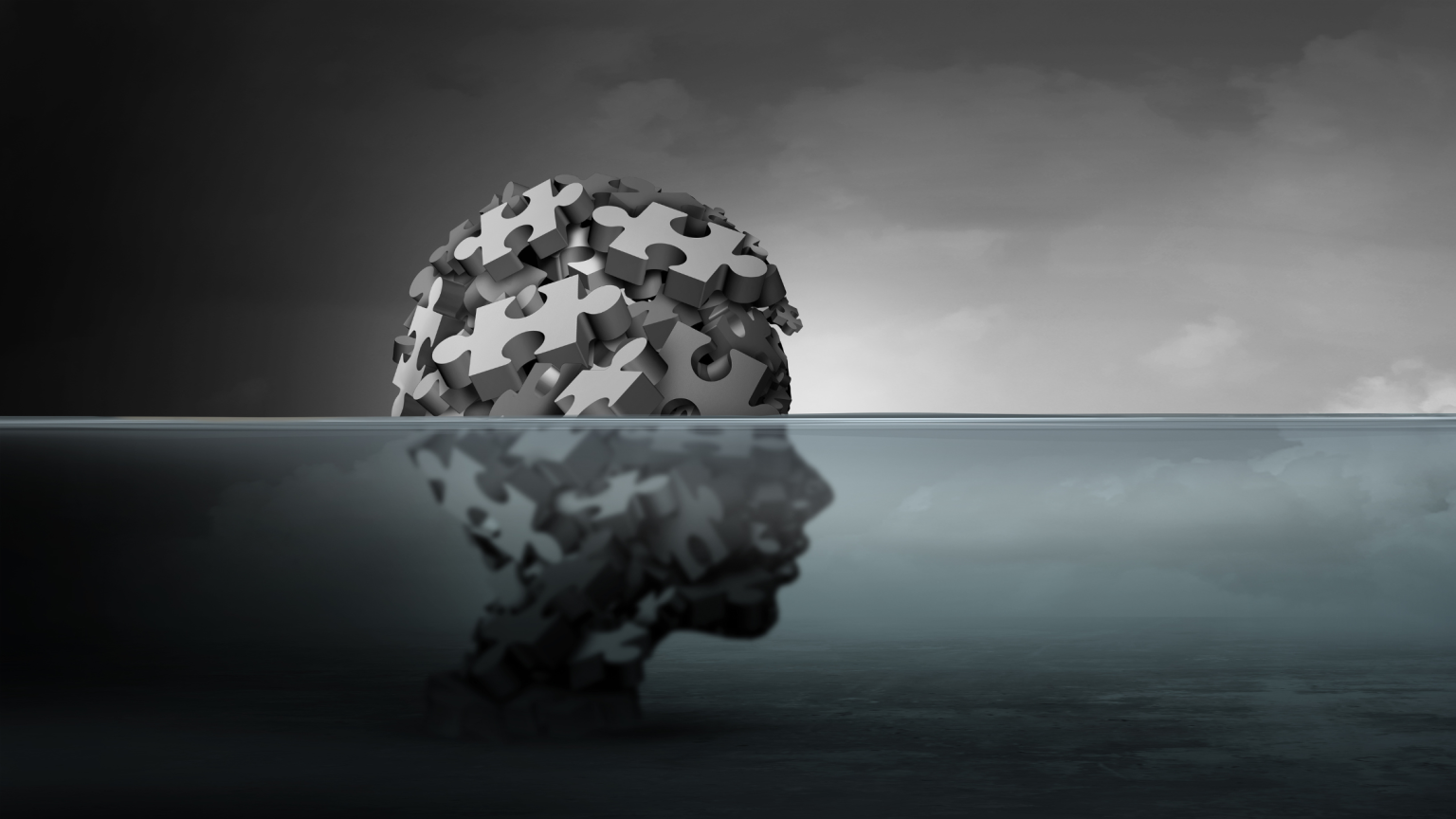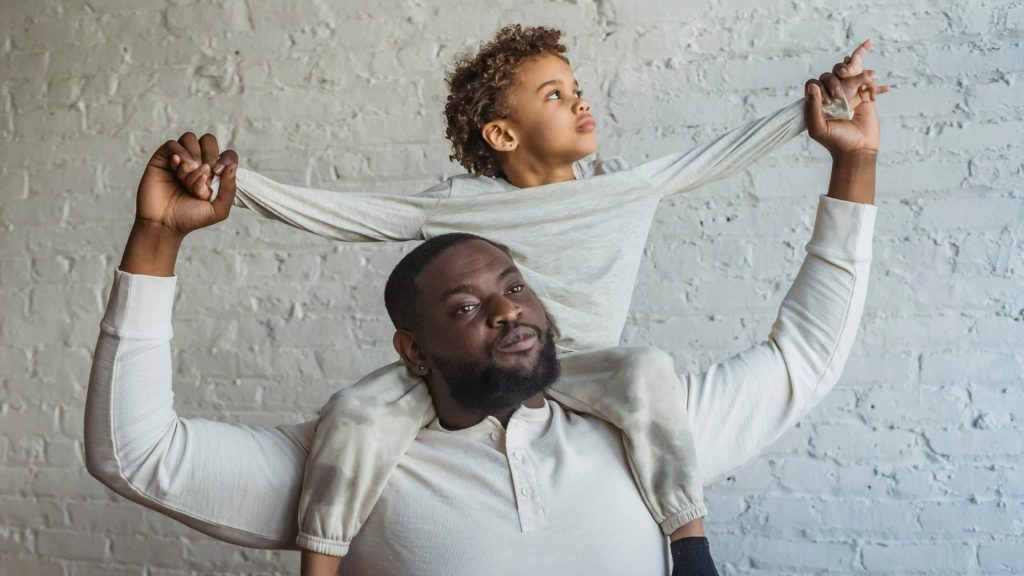Depression affects people of all ages, but the way it appears can look very different depending on the stage of life. Adults and children both experience deep sadness, loss of motivation, or withdrawal — yet their symptoms often manifest in unique ways.
Recognizing those differences is key to providing the right kind of support and early intervention. Whether you’re a parent, caregiver, or professional, learning to know about depression helps break stigma and opens the door to timely help.
Understanding Depression Across Ages
Depression is not a one-size-fits-all condition. It’s a complex mental health disorder influenced by biological, psychological, and social factors. Both adults and children can experience changes in mood, behavior, energy, and thinking — but their ability to express and understand these feelings varies greatly.
Recognizing these nuances helps families and caregivers respond with empathy instead of frustration or misunderstanding.
Signs of Depression in Adults
Depression in adults is often easier to verbalize — but it can still be overlooked, especially when it’s masked by daily responsibilities or social expectations. Adults may “function” through work and family life while struggling internally.
Common signs include:
-
Persistent sadness or emptiness lasting more than two weeks
-
Loss of interest in hobbies, relationships, or work
-
Fatigue or low energy even after rest
-
Changes in sleep or appetite (sleeping too much or too little; overeating or loss of appetite)
-
Difficulty concentrating or making decisions
-
Feelings of guilt, hopelessness, or worthlessness
-
Withdrawal from social interactions
-
Physical symptoms such as headaches or digestive problems without a clear medical cause
Adults may try to hide their depression, telling themselves to “push through.” However, ignoring symptoms can deepen the struggle and delay recovery.
Signs of Depression in Children
Children experience depression differently — often showing it through behavioral changes rather than verbal expression. Because children may not have the language to describe their emotions, their distress may appear as irritability, anger, or defiance.
Key signs to look for include:
-
Irritability or frequent temper outbursts
-
Loss of interest in play or friends
-
Declining school performance or difficulty concentrating
-
Changes in sleep or eating habits
-
Increased sensitivity to rejection or criticism
-
Unexplained physical complaints (stomachaches, headaches)
-
Clinginess or separation anxiety
-
Low self-esteem or negative self-talk (“I can’t do anything right”)
In some cases, depression in children is mistaken for normal moodiness or misbehavior. Early recognition and gentle support can make a huge difference in their ability to recover.
Why the Signs Differ
Understanding why depression looks different in adults and children is essential when learning to recognize early symptoms. Emotional development, brain maturity, communication skills, and life experience all play important roles in how depression manifests at different ages.
1. Emotional and Cognitive Development
Children are still learning how to identify, understand, and express their emotions. They might know they “feel bad” but lack the vocabulary to describe sadness, emptiness, or hopelessness — emotions that adults can more easily name.
Because of this, children often show their depression through behavior rather than words. You might notice irritability, anger, or acting out — behaviors that can be mistaken for defiance or “bad attitude.” In reality, these may be signs of emotional distress.
Adults, on the other hand, have more emotional awareness. They can usually describe their feelings but may still internalize them due to shame, fear of judgment, or the pressure to appear “strong.” This often results in withdrawal, exhaustion, or overcompensating through work or caregiving.
2. Brain and Biological Differences
The brains of children and teens are still developing, particularly in areas that regulate emotion and decision-making. Hormonal changes during adolescence can intensify emotional reactions and make it harder to manage stress or sadness.
In adults, biological factors like chronic stress, hormonal shifts, or medical conditions (such as thyroid issues or chronic pain) can trigger or worsen depression. While both children and adults experience chemical imbalances in the brain, the underlying causes — and how the brain processes emotions — can differ significantly.
3. Life Stressors and Responsibilities
Adults often face depression triggered by ongoing life stressors: financial pressure, work demands, grief, or relationship strain. These responsibilities can make it difficult to slow down and recognize when they need help. Adults may minimize their symptoms or delay seeking therapy because they feel they must “keep everything together.”
Children, however, experience stress within the context of their home and social environments. Bullying, academic pressure, family conflict, or feeling unseen at home can all contribute to depressive symptoms. A child’s emotional world is smaller — but their stress feels just as big.
4. Expression vs. Suppression
Children tend to express what they feel outwardly. Their emotions may appear through tears, tantrums, or withdrawal. They might regress — for example, wanting to sleep with a parent again or avoiding school.
Adults, in contrast, often suppress their emotions. They may appear calm and composed while battling intense inner fatigue, numbness, or negative self-talk. Society’s expectations often make adults feel they need to appear “fine,” even when they are not.
5. Support Systems and Communication
Children rely heavily on parents, teachers, and caregivers to notice when something is wrong. If those adults misinterpret behavior as disobedience rather than distress, children may go unnoticed. Early intervention is crucial — the earlier we know about depression in children, the more effectively we can respond.
Adults, meanwhile, are expected to seek help independently — but stigma, fear, or lack of time can be major barriers. Supportive family, friends, and workplaces can make a tremendous difference in encouraging adults to reach out for help.
Bridging the Understanding Gap
Ultimately, the biggest difference is how depression shows itself, not how deeply it affects a person. Both children and adults deserve compassion, understanding, and access to care. By learning to recognize these unique signs, families can respond early and help loved ones — of any age — find a path toward healing.
When to Seek Help
If you notice signs of depression — in yourself, your child, or someone close to you — reaching out for professional help is an important step.
Therapy provides a safe space to explore thoughts, emotions, and behaviors in a supportive, nonjudgmental environment. For children, counseling can include play therapy, family sessions, and strategies for emotional expression. For adults, therapy may focus on cognitive-behavioral techniques, mindfulness, and stress management.
If depression includes thoughts of hopelessness or self-harm, seek immediate help by calling 988 (Suicide and Crisis Lifeline) or contacting a trusted mental health provider.
Depression can look very different in adults and children — but in both cases, it’s real, valid, and treatable. Understanding the signs is the first step toward healing and hope.
Whether you’re a parent, caregiver, or adult navigating your own emotional challenges, remember: help is available, and recovery is possible.
At KidStuff Counseling, our counselors specialize in supporting both children and adults through depression, anxiety, life’s transitions, and all of life’s “stuff”. Together, we can build pathways toward balance, strength, and healing.



